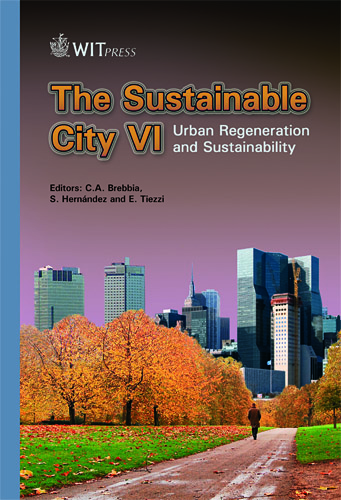The Role Of The Ideological Dimension In Developing An Anatomical Approach To Urban Morphology: Exploration Of A New Analytical Method Of Open Spaces Network
Price
Free (open access)
Transaction
Volume
129
Pages
12
Page Range
165 - 176
Published
2010
Size
1662 kb
Paper DOI
10.2495/SC100151
Copyright
WIT Press
Author(s)
G. Mohammed & K. Thwaites
Abstract
Examination of the spatial organization of some historic city centres appears to show a more integrated relationship between the ideological dimensions of city life and the physicality of city fabric. When city planning and design development separates ideological and physical dimensions there is evidence to suggest that this can lead to detrimental impacts on the well-being and the physicality of the city fabric. This paper explores an analytical method that helps to understand urban spatial morphology and its relation to the ideologies of city life. Therefore, it analyses how the ideological model, as a collective of religious, political and cultural values lying beneath the physicality of the city, develop through three phases into aesthetical conventions. In this regard, the paper documents the agreements and disputes between people as an advanced step towards the refinement of these conventions. In this context, the authors explain the aspects of the conventions: the valuable, the tactical and the aesthetical aspects. In addition, they discuss how the tactical aspect, together with aesthetical aspect, plays the key role in maintaining social sustainability and characterize urban spatial morphology within this social sustainability. As a result, this approach contributes the planning education process by providing essential knowledge and the analytical base for the site analyses, design process of urban spaces and the conservation of urban fabrics in contexts that have multi layers of historic development. This exploration, ongoing at the time of writing, contributes to PhD research that will ultimately develop and describe a fuller anatomical approach for the analysis and design of such urban settings.
Keywords
ideologies, open spaces, quality of space, spatial, urban morphology, social forces, urban and building conventions, social sustainability





